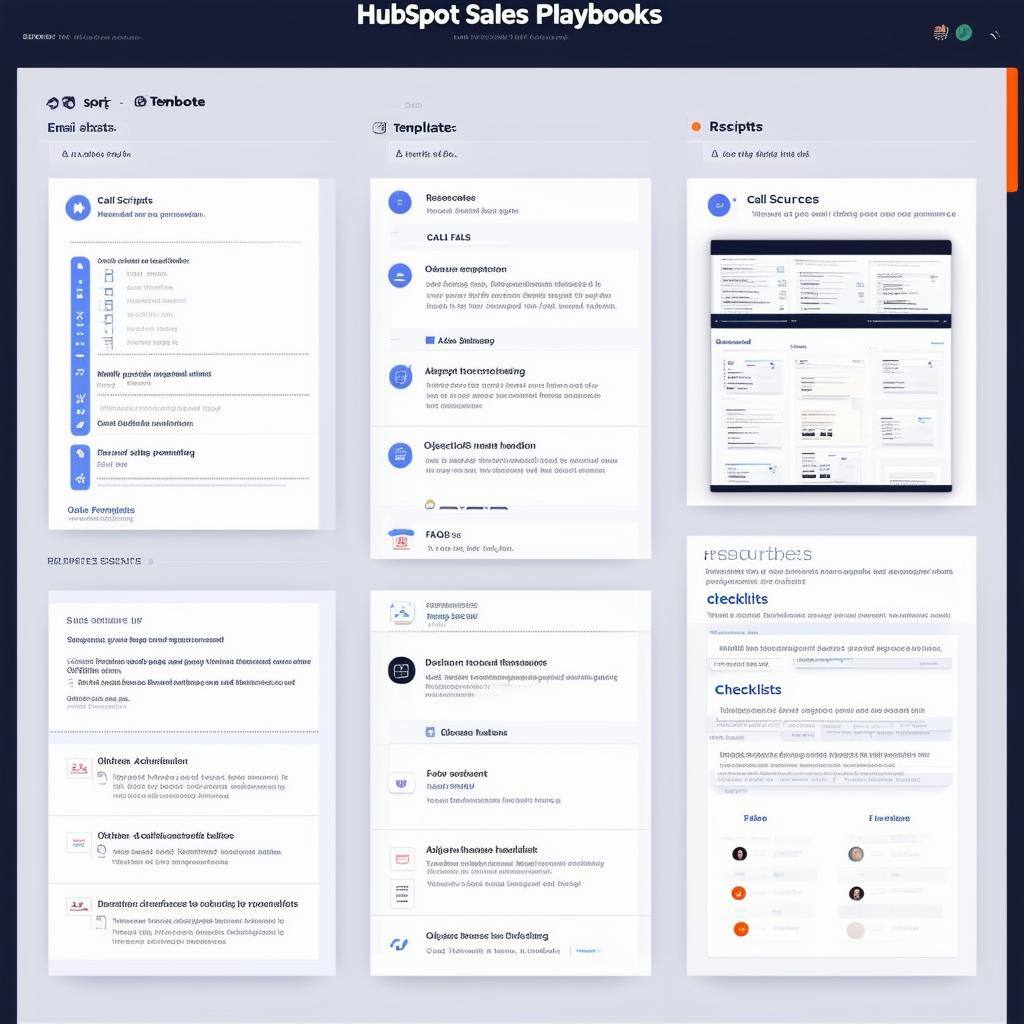-
Digital Marketing
We help you to use your digital potential. For a strong positioning, more visibility and more leads.
Get Growth ready
With the BEE.Transformance model, we bring continuous and profitable growth to your company. A new mindset for your team.
Industries
We transform your challenges into opportunities through the experience we have gained from projects in these industries.
-
HubSpot Services
As a HubSpot Diamond Partner, we help you implement your digital growth strategy with a focus on performance - by implementing and integrating new and existing systems as well as 3rd party apps.
HubSpot Thought Leader
As a HubSpot Diamond Partner with +50 certifications, host of the HubSpot User Group Zurich, HubSpot Trainer and HuSpot User Champions, you have access to in-depth HubSpot expertise.
HubSpot Solutions
The BEE.Theme offers you more creative freedom than any other theme on the market. Whether you're a beginner or a professional, a creative mind or a digital agency - with the BEE theme, you can easily unleash the maximum power for your pages in HubSpot CMS.
-
BEE.Blog
Knowledge around digital marketing, digital sales, technology, data intelligence and employees.
Knowledge Base
Pure knowledge: everything essential concentrated, compact, digitally prepared for you and ready to download.
What is inbound?
The most effective way to successfully combine digital marketing and digital sales.
-
BEE.Team
The BEE.Performers: many different characters - with one thing in common: the fascination for a digital world.
References
More than 100 large and small companies have already started with BEE: to more visibility, more performance, more growth.
Invest
Participate in the growth of BEE and become part of the BEE Growth Story by purchasing Digital Share Tokens.
We're hiring
Become a BEE.Performer! Are you ready for your own transformation?
Lead Management Process: 4 Steps to Success
In life and in business, success is achieved through a focussed and deliberate process. Sure, random and spontaneous wins can occur, but when you're trying to forecast for your long term goals or optimise your efforts, you need a solid and strategic process in place.
When it comes to lead generation and conversion, your fate isn't simply in the stars. A smart lead management process will help to turn an unqualified lead into a market qualified lead (MQL) and, eventually, a sales qualified lead (SQL).
What is a lead management process?
The people or businesses interested in your product or service are considered leads. They don't necessarily arrive at your door ready to buy, however. A lead management process must be implemented to help you identify, nurture, and covert these prospective customers into paying, long term clients.
The lead management process will include systems, tools, and automated activities that will help you to analyse the data you receive from interactions with prospects so that you can direct them through the most appropriate sales funnel and conversion path.
What are the benefits of having a lead management process?
To thrive in 2021 and beyond, it's important to get as much alignment and efficiency into your operations as possible. Leveraging technology and data will help you stay ahead of competitors by engaging with your leads, improving the buyer's journey, and getting more out of your campaigns. In turn, this also ensures that your sales and marketing teams are optimally performing and bringing in value for your business.
The 4 steps your lead management process needs
1. Align sales and marketing
Your lead management process will only work if there's buy-in from sales and marketing teams, including higher up executives who will be providing support and analysing the results. It's helpful to start off with a meeting where everyone can bring their knowledge and experience to the table, openly discuss the shortfalls and setbacks in the current plan, and provide one another with insights from their own unique perspectives when handling leads. This is an important step that will help to eliminate friction, identify the obstacles and barriers that have prevented campaigns from reaching their potential in the past, and establish a firm foundation for both of these critical business departments to cooperate and communicate with one another as they strive towards a common goal.
As both teams work together to develop the lead management process, they will eventually have to formulate a service-level agreement ( SQL ) to ensure that everyone maintains an equal commitment to implement the process successfully. It's essential to outline the timeframes you expect each team to work to so that when MQLs are handed over to the sales team, they are acted upon with the urgency they deserve and that reports are promptly sent back to the marketing team for review and assessment.
2. Define and organise your leads
Now that your sales and marketing team are having productive conversations and share clear, unified goals, it's time to assess the data and segment your leads according to an agreed set of criteria. Leads can be segmented into several categories:
- Buyer personas
- Demographics
- Position in the buyer's journey
- Industry
- Number of homepage visits
This list can get quite extensive and granular, but it's crucial for everyone involved in the lead capture and conversion process to share the same vision and understanding of the types of leads that fit with your brand and its objectives. This will then pave the way for the steps and methods that must be utilised to engage and convert them.
When your lead funnel is properly managed, you can make more accurate predictions that enable proactive responses. MQLs are usually engaged through targeted content that moves them from enquiry through to the engagement level. From there, they hopefully become SQLs where the sales team can identify the exact opportunity the lead presents to the business and approach them accordingly.
3. Automate and streamline your efforts with a CRM
Data is your biggest asset. Without an effective way to generate, collate and report on data, you may not be alerted to the red herrings that indicate changes or negative results in your campaigns. A customer relationship management (CRM) tool can help you to build detailed profiles of your leads so that you can segment and target more effectively. Most importantly, a powerful CRM like HubSpot, for example, can help you to automate your lead management process to ensure greater efficiency, accuracy, and targeting.
Your CRM should serve as a centralised hub for all the vital information you hold about leads, the level of engagement they display, and the steps you've taken to communicate with. As a result, you'll eliminate any manual errors and provide the customer with a tailored experience, always picking up the conversation where you left off rather than repeating the same questions or sending the same content.
4. Use lead scoring
Find out just how interested a lead is in your product or service by lead scoring them. The characteristics you used to identify and define your leads can be used in a unique equation that will help you to determine how, if, and when that lead is likely to make a purchase, as well as the value they offer to your business. A high score means a greater conversion and return on investment (ROI) opportunity for you.
Too many potential sales slip through the cracks because the seller didn't get back to the lead soon enough. Effective lead scoring enables your sales team to schedule their outreach by prioritising hot leads that are actively browsing your website, engaging with specific content, and ticking all the boxes that make up your ideal buyer persona.
According to your company's lead scoring scale, each prospect will represent a specific value to your organisation. It's important to note that not all leads will be worth your time, but this can also be helpful; you don’t have to waste your time trying to engage someone who isn’t really a right fit for your company.
Admittedly, there are many more detailed steps that can be added to the lead management process, but the four core steps in this article will inform the decisions and adjustments you make along the way as you optimise your own process for success. If you're interested in learning more and would like to start getting more lead conversions for your business, download our free Lead Management Guide or sign up for Lead Generation School.
Related Posts

Building an Advanced but Simple Lead Scoring Model
Philipp Schirmer | 27 Oct 2022
When executed correctly, your inbound marketing strategy should start generating plenty of new leads to your sales funnel. But how do you approach those leads to ensure ...
reading time: 6min
Zum Blog

How HubSpot Sales Playbooks Can Maximise Efficiency
Philipp Schirmer | 17 Oct 2024
As 2024 winds down, are your sales processes aligned to end the year strong? HubSpot Sales Playbooks could be the game-changer you need to finish strong and set up for ...
reading time: 15min
Zum Blog

10 Outreach Tool Recommendations for Sales
Lanny Heiz | 24 Nov 2022
Whether you love it or hate it, outreach is an essential part of your sales cycle. Finding leads and making contact can be a little exhausting if you're doing it ...
reading time: 7min
Zum Blog

